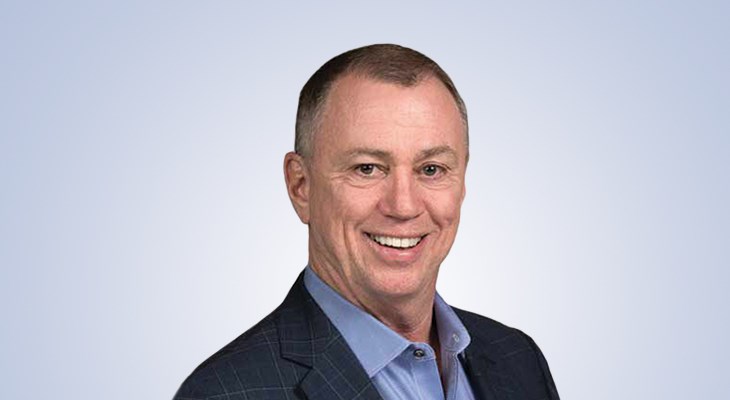Oncocyte has been raising capital recently using multiple methods. CEO Ron Andrews says after a core group of investors spun Oncocyte out of a company then called BioTime, the team refreshed the business and capped it with mostly institutional investors.
They then came back out for a second round last January and raise $70 million from healthcare investors, as well as some family offices and smaller institutional investors.
The company also used an "at the market" approach to raise money. Through this vehicle, shares are registered in a shell. A large investor, through the ATM, could buy blocks of its stock without — because Oncocyte is thinly traded — driving up the stock price.
"The ATM is a strategy that a lot of public companies use today," he says. "The time to use it is when you got a lot of good news, and the markets are favorable. The time not to use it is in the current time."
Andrews says the company's sector had been hammered by the current retraction of the markets. The company's stock has risks such as when its products are up for FDA review or through CMS reimbursement. As stockholders retrenched to safety, Oncocyte's sector went down.
"You don't want to use an ATM because obviously now you're diluting the company," he says. "It's best to use an ATM when there's big market chunks that need to be bought, and the stock price is going up and you've got investors that want to get into a stock that's moderately to thinly traded."
The raises are helping the company acquire technologies that are ready for market but held by smaller companies that struggle to get VC funding.
"VC's have moved further upstream into revenue-stage, and not many VCs are way back in my part of the industry, in what I would call pre-revenue," he says. "We had been consulting for these companies in my consulting years, and we knew that they needed capital. What it allowed us to do is go make these acquisitions and use a little bit upfront cash, but give these founder-scientists stock, and that way they can work with us and participate in the upside. The cash gave us the ability to negotiate all these deals from a position of strength."
It also allowed the company to negotiate with Thermo Fisher Scientific on a global channel partnership from a position of strength. Thermo Fisher had a division that had great technology, but needed more money to drive a test product that would go on instruments. Oncocyte's moves had positioned it to be a good fit.
"We could use our public balance sheet, and our ability to raise capital as a public company, to get them to pay us to go build their test for them and then we had the money to launch it and take it to market," he says. "Last year's deal was critical for us to get to where we are today and allows for the runway to get another year under our belt so we can launch all these products into the market."
Andrews spoke on the Smart Business Dealmakers about the company's use of its at-the-market program and what the raise from it has enabled to the company to do. Hit play to catch the full conversation.




